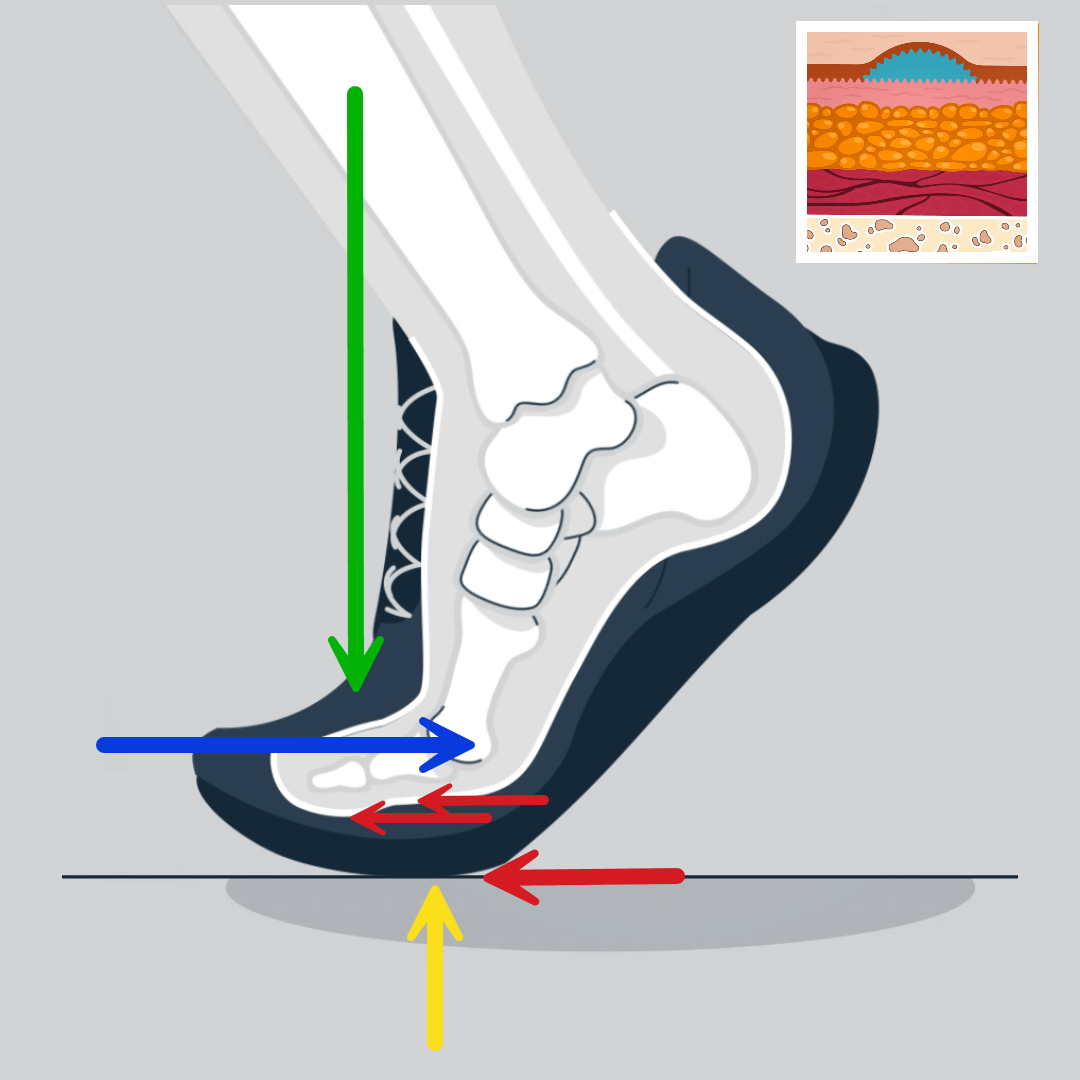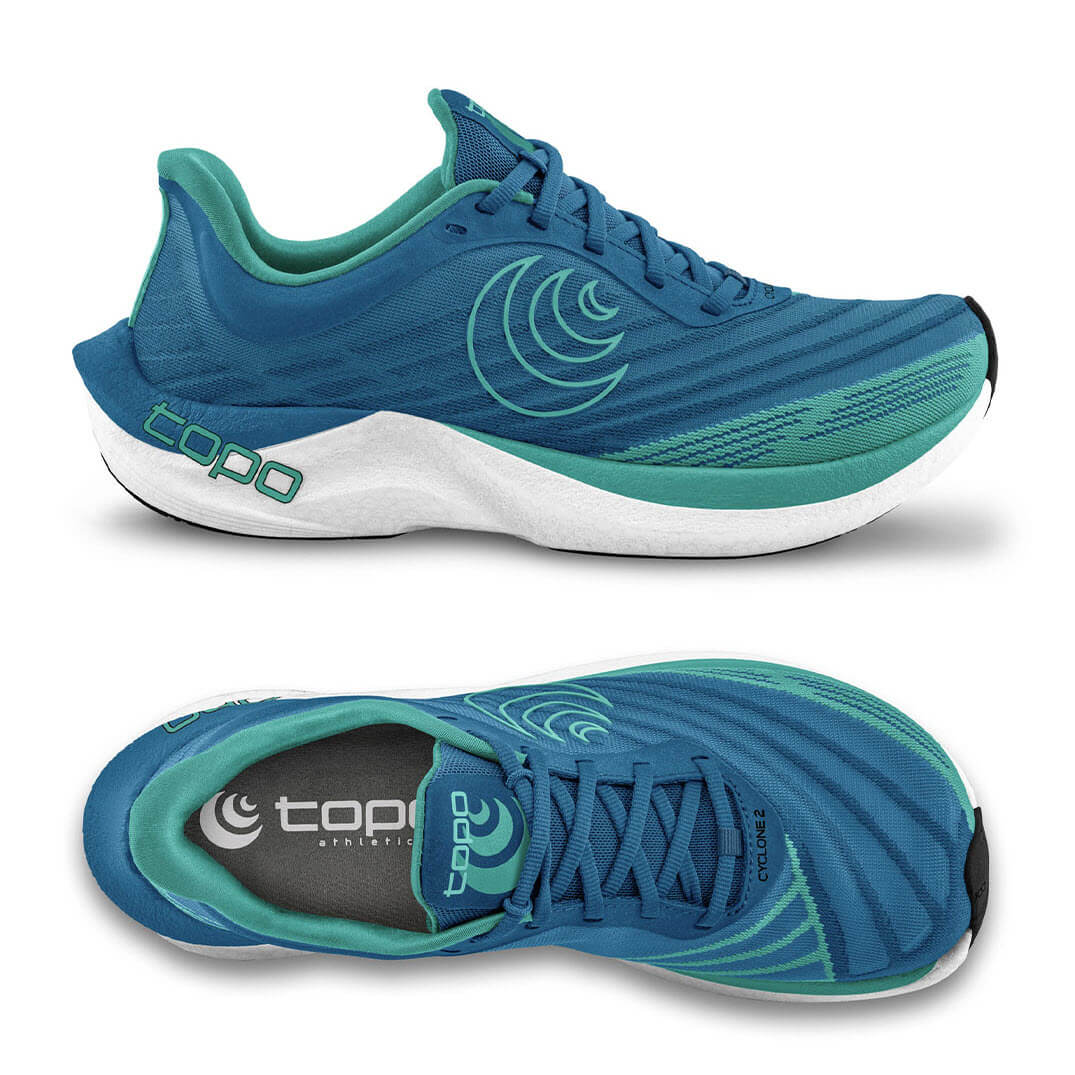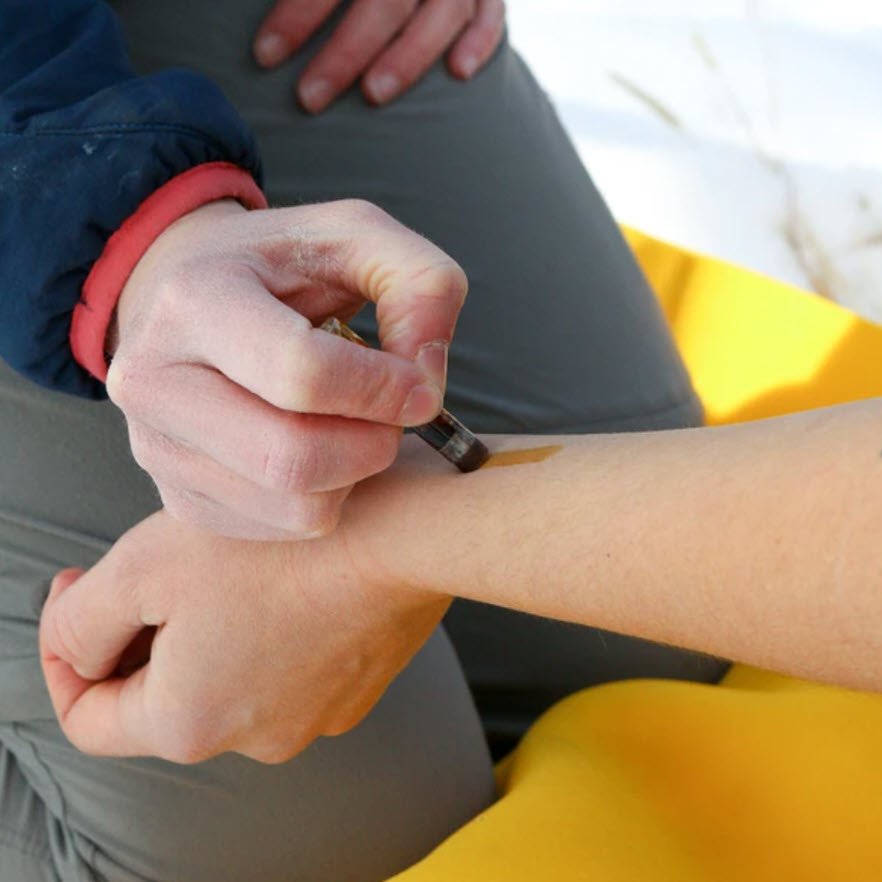Friction blisters of the feet. Are they unpredictable and inevitable? Or are they predictable and highly preventable? Your answer to this will likely depend on what you think causes friction blisters. Unfortunately, most people will answer “heat, moisture and friction” with a picture in their mind of something rubbing on the skin of their foot. The fact is, the heat-moisture-friction paradigm of blister causation is an oversimplification, and it’s misleading.
Why It Matters
Too many people give in to the perceived inevitability of blisters, because they can’t work out why the prevention they used didn’t work. So they:
- suffer through unnecessary pain
- don’t enjoy their activity as much as they should
- their performance suffers
- they may even turn down opportunities or pull out of events as a result of the uncertainty
- and sit through unnecessary downtime waiting for their blisters to resolve
And they give up on blister prevention.
Blisters Are Predictable and 100% Preventable
You just have to start by understanding the real cause.
Because cause informs prevention... it has to!
This is the critical piece of the puzzle that is misundersood.
Hello Shear Paradigm
It’s time to say goodbye to the heat-moisture-friction paradigm of blister causation.
And say hello to the Shear Paradigm of blister causation.
Shear is the stretching and distortion of soft tissue layers sandwiched between skin and bone. Watch this and follow along.
Shear occurs within a structure when its layers are laterally shifted in relation to each other. Like the image below. There's a movement force at the top and the bottom, and they are going in opposite directions. The object distorts as a result below.
 Image: Shear (source)
Image: Shear (source)
When it comes to the shear that results in friction blisters, the movement forces above and below are from bone movement and friction. Friction is the force that resists motion of one surface over another. It is not the actual motion. In other words, it’s not rubbing. Nothing need rub against your foot in order for blisters to occur.
If you'd like a more anatomical description of shear, watch this video.
How Do I Know?
I get blisters very easily on my feet. Things all came to a head when I was a podiatrist with 15 years under my belt. I realised I was doing all the right things, but it wasn’t helping. There was nothing in my education or experience that helped me get on top of my own foot problem, when it was literally my job to do this for other people.
It was then that I decided to knuckle down and figure this out. And I did. What I realised was we’re starting with a misunderstanding of what actually causes blisters, and this is leading to the widespread recommendation and use of less-than-ideal preventions, leading to blisters in spite of them. Whilst completely missing other prevention opportunities.
This Simple Refocus Is The First Step That’s Needed
I’ve tested this for the last 20 years by providing blister education, prevention and treatment at 6-day ultramarathons; and providing education and advice to people of all ages, with all sorts of foot shapes and functional peculiarities, who are involved in all types of sports and activities, from all around the world. So they can finally make sense of their blister issues and get on top of them.
Blisters Are Predictable and Highly Preventable
If you want to be able to:
- Predict exactly where & when you’ll get friction blisters on your feet & why?
- Know exactly how to prevent each one so you can 100% take them out of the equation for your next race, event, game or adventure?
You first have to truly understand what causes them.
Forget about the heat-moisture-friction paradigm. Forget rubbing. Think shear. Read this for more.








